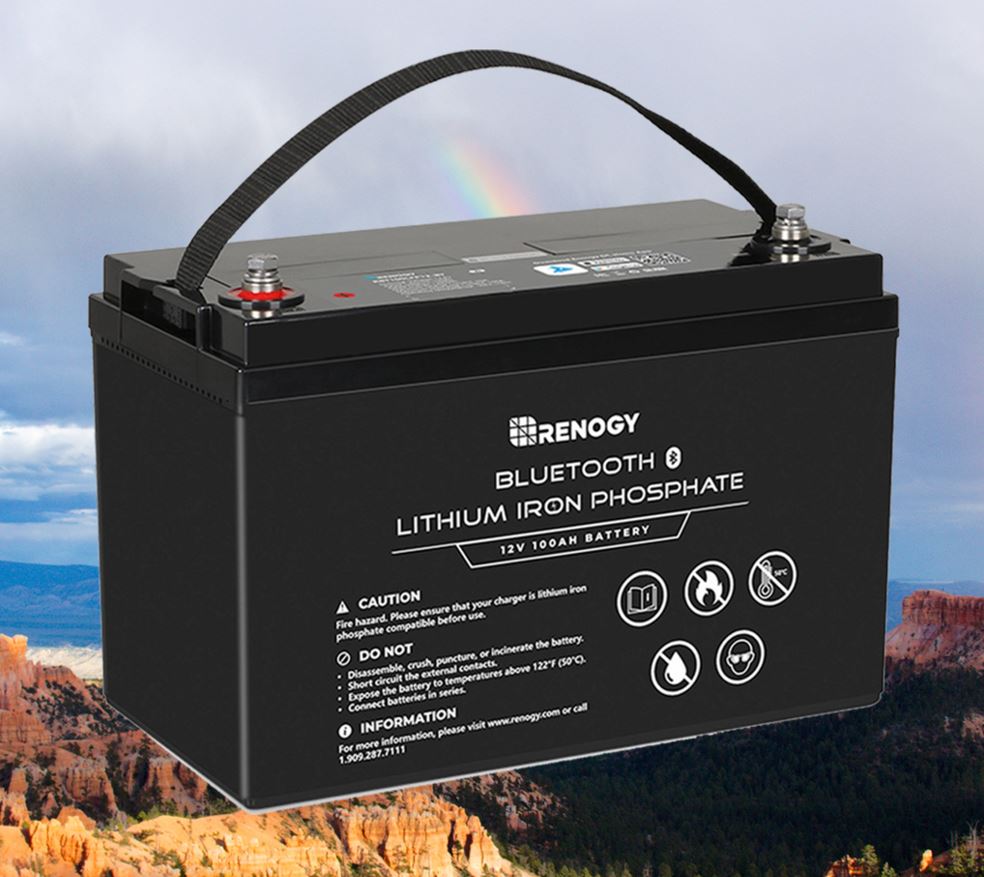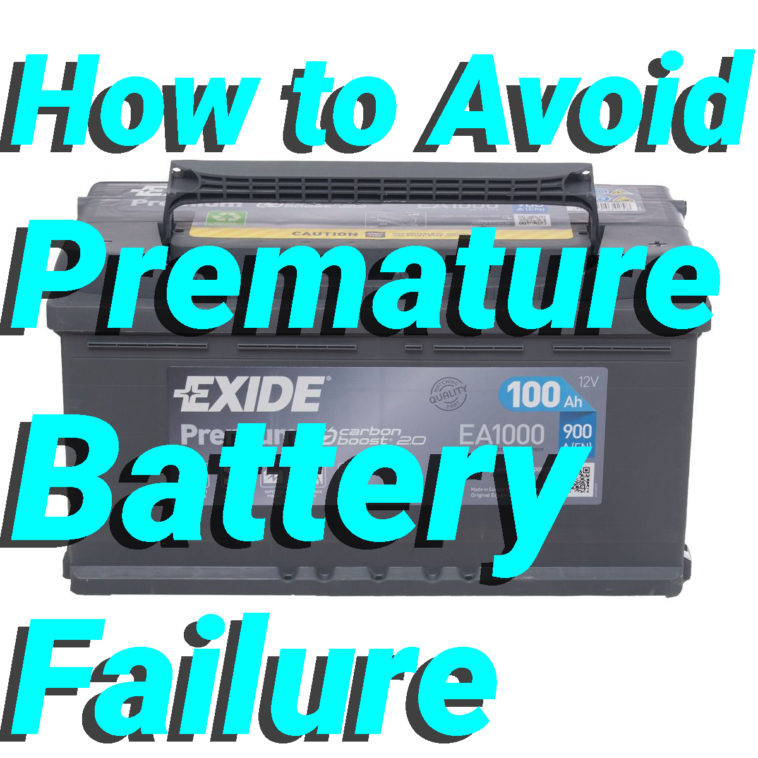It feels like it’s only been a short time since you bought a new battery and installed it in your vehicle, but the battery is already weakening and breaking? It is not always a faulty production or similar that leads to the premature end of your starter or utility battery. We explain the most common application errors and how to avoid them to avoid an early defect!
Deep Discharge of the Battery
Often you are not so aware that too deep a discharge can already lead to irreparable damage to the battery. That is why it is all the more important not to let such a serious problem arise in the first place.
The Cause
In the worst case, the repeated deep discharge of the battery can lead to sulfation and thus a reasonably fast end for the battery. There are a few causes that can trigger this process:
Installation of the wrong battery in terms of technology, voltage, and capacity;
Too frequent short-distance trips by car;
The battery charger is not compatible with the battery;
The charger has a defect;
After leaving the car, the vehicle lights or other electronic consumers remain on;
The vehicle could have a “stealth” consumer that continues to draw electricity;
A low-charge battery in severe frost or cold temperatures outside;
The Solution
In order to avoid recurrent deep discharges, we recommend regular recharging of the lithium phosphate battery. In this way, early damage to the battery is usually avoided. If you rarely drive short distances, manual recharging is not absolutely necessary, because the battery has the opportunity to recharge itself during the long journey.

To avoid the installation of the wrong battery, be sure to pay attention to the vehicle manufacturer’s information or orient yourself on the used battery. Also, use the appropriate charger for your battery and switch off all consumers when leaving the vehicle.
Incorrect Scope of Application
Sometimes it happens that starter batteries are used as utility batteries and vice versa. However, this leads to lasting damage to the battery, as it is not used according to its intended use.
The cause
Starter batteries are specially designed for starting the engine and provide a particularly high amount of electricity for a short time when starting the engine. Utility batteries, on the other hand, supply electronic consumers with electricity in the long term and in equal measure. Thus, utilities do not offer the function of delivering a one-time high power output for the engine start and starters do not offer a permanent supply. In case of confusion, processes within the battery can occur, which cause the battery to age faster and lead to high wear.
The Solution
These two battery types should therefore be kept apart. Always use a starter battery for motor start and a utility battery for good continuous current output. Always pay attention to the correct area of application in the product descriptions of the batteries and whether it corresponds to your intended use.
The Capacity is Not Static
The indication of the capacity in battery descriptions should serve as an orientation value, but often leads to confusion. Because there are different capacity values, which have to be evaluated differently.
The Cause
The values C5, C20, and C100 compare the capacitance. Essentially, these say how much capacity (Ah) a battery has over a certain runtime when a certain amount of power is drawn. The lower the discharge current (A), the longer the discharge time (h) and the service life of a battery, and vice versa. You can also find out more about the interpretations of capacities in our battery lexicon.
The Solution
In general, starter batteries are usually marked with the indication C20. Utility batteries, on the other hand, with C100, but still partly with the indication C20. It is best to pay attention to the comparative values before your purchase in order to buy the right battery for you. Also keep in mind that the actual capacity in the individual case may also vary due to other influencing factors, such as temperature. If you want to have something from your battery for a long time, you should use a steady to low discharge current to power your vehicle.
Incorrect Storage of The Battery
It happens that marine batteries are removed and stored seasonally. This is often the case, for example, with motorcycle batteries. Because in the cold seasons, the motorcycle is not ridden and the batteries are not needed.
The cause
Batteries lose their service life if they are stored incorrectly or for too long. Because without precautions, it can lead to sulfation of the battery. This results in coarse-grained deposits of white lead sulphate crystals on the surface of the electrodes. As a result, there is less active surface of the electrodes and the responsiveness and performance is impaired. Charging and discharging currents are also reduced and the sulfur from the acid crystallizes, resulting in a reduced capacity.
The Solution
You should always store the battery clean and dry if you want to store it. Otherwise, dirt and moisture can promote leakage currents between the poles and thus promote a faster discharge of the battery. Testing and recharging the battery is at least as important every six to eight weeks during storage at the latest.
Result
There are four main reasons why your battery ages faster, and you are forced to buy a new 12 volt lithium battery early. To counteract this, just follow our tips. Because so, it is possible to get the best performance out of your battery!



